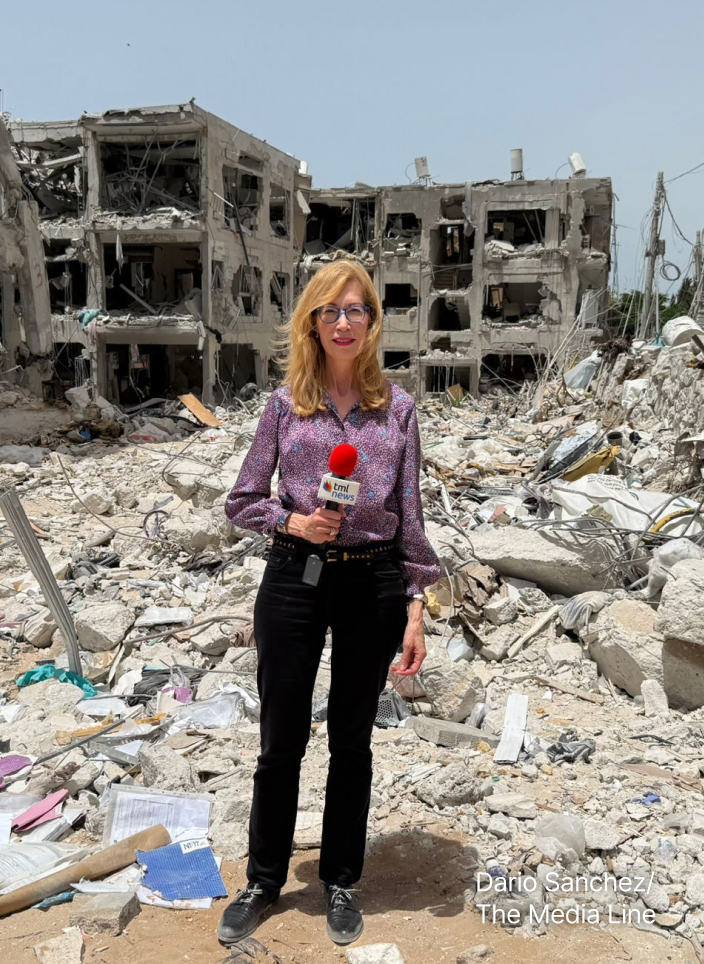The Houthis: Who Are They and What Do They Want?
Houthi rebels in Yemen on Monday launched a ballistic missile at the United Arab Emirates. The missile was intercepted by the UAE military and no casualties were reported. It was the third Houthi attack on the UAE, a key member of the Saudi-led coalition backing Yemen’s internationally recognized government, in less than two weeks, and follows a series of territorial defeats for the Houthis in its years-long battle to control the country. UAE’s Defense Ministry said Emirati forces responded by destroying the missile launch site in Yemen’s northern Al-Jawf region.
The Houthis – also known as Ansar Allah, who now control most of Yemen’s north, have launched repeated missile and drone attacks on Saudi Arabia and the UAE over the course of Yemen’s current eight-year-old civil war.
Who are the Houthis and what do they want?
The 1990 unification of North and South Yemen brought Ali Abdullah Saleh to power as the leader of the new Republic of Yemen. Saleh’s government, backed by the US and Saudi Arabia, increased the influence of the Saudi-linked Salafi and Wahhabi Sunni Muslims in northern Yemen, the traditional stronghold of the Zaydis, a Shia sect whose followers comprise about a quarter of Yemeni Muslims. This caused a Zaydi backlash, and the Houthi movement, named for leader Hussein Badreddin al-Houthi, emerged as its champion, promoting a revival of Zaydism along with hostility toward Saudi Arabia, the United States, and the government of unified Yemen.
For over two decades, the Yemeni government and the Houthis have been locked in an ongoing conflict, with the involvement of various external players. The Houthis first loosely presented themselves as a resistance force that rose against a Yemeni military offensive in Sa’ada and as a force of opposition to Saleh’s authoritarian regime.
Give the gift of hope
We practice what we preach:
accurate, fearless journalism. But we can't do it alone.
- On the ground in Gaza, Syria, Israel, Egypt, Pakistan, and more
- Our program trained more than 100 journalists
- Calling out fake news and reporting real facts
- On the ground in Gaza, Syria, Israel, Egypt, Pakistan, and more
- Our program trained more than 100 journalists
- Calling out fake news and reporting real facts
Join us.
Support The Media Line. Save democracy.
Given the Houthi movement’s Shia religious identity and its hostility to the United States, Saudi Arabia, and the internationally recognized Yemeni government, it was all but inevitable that it would become an Iranian-backed proxy force, much like Hizbullah in Lebanon. Iran has been accused of supplying the Yemeni rebels with heavy weaponry, including the missiles that they have launched against Saudi Arabia and the UAE. Both Iran and the Houthis deny the charge.
In June 2004, Saleh initiated a military campaign to suppress the Houthi insurgents in the Sa’ada Governorate. Yemeni forces killed Houthi leader Hussein al-Houthi in September 2004, sparking an escalation in the conflict, with as many as five wars fought between the Houthis and Yemeni government forces between 2004 and 2010.
In 2011, Yemeni activists, inspired by the Arab Spring, began calling for regime change. Internal and external pressure forced Saleh to resign, and his vice president, Abed Rabbo Mansour Hadi, assumed the presidency for a two-year transitional period in a deal brokered by the Gulf Cooperation Council (GCC).
The distribution of power among all domestic players in Yemen was supposed to be resolved in a UN-sponsored National Dialogue Conference in 2013. However, this effort quickly fell apart when the Houthis, who gained more power during the transitional period, seized control of the Yemeni capital Sanaa in 2014.They then continued their expansion southward toward Aden, Yemen’s largest city.
The Houthis’ military success was aided by secret collusion with Saleh, who funded the group and provided support from an army unit that remained loyal to him and his family.
In 2015, the Houthis placed Hadi and his government ministers under house arrest. Hadi resigned and managed to escape to Aden where he requested assistance from the GCC. This is when Saudi Arabia decided to intervene, forming the Decisive Storm coalition with the UAE and additional Arab states – among them: Bahrain, Kuwait, Egypt and Jordan. The purpose of the coalition was to prevent the Houthi rebels from expanding southward, which would have put an Iranian proxy force on Saudi Arabia’s southern border.
Throughout 2016, the operation did not achieve its intended goals. Riyadh, drained by the war of financial resources and in a difficult position before the international community due to widespread evidence of Saudi human rights abuses, opened negotiations with the Houthis. Talks between the two sides halted Saudi airstrikes and paved the way for negotiations between the Houthis and Hadi’s government.
In 2017, after each side blamed the other for breaking the cease-fire, the Houthis launched missiles into Saudi Arabia, including the capital, Riyadh. Meanwhile, the situation deteriorated further when the former president, Saleh, was killed by Houthi fighters.
Until the attacks in recent weeks, the last Houthi-claimed attacks on the UAE were in 2018, though there were years of missile and drone attacks by the Houthis on Saudi-coalition forces and vice versa. The Houthis have now publicly threatened to fire on the headquarters of international companies in the UAE, in an apparent attempt to harm both business and tourism in the Emirates.
The United Nations has described the war in Yemen as currently the world’s largest humanitarian crisis, with two-thirds of the population, or 20.7 million people, requiring humanitarian assistance in 2021 and over 4 million people displaced by the conflict.



